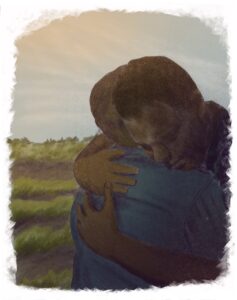Rural residents are at risk of being undercounted in the 2010 Census, especially if they are poor or people of color, according to a report by the Carsey Institute at the University of New Hampshire.
The report by demographer William P. O’Hare says that racial minorities, men, young adults, young children, and renters are the most like to be undercounted in the Census. “Rural areas have several characteristics that raise the risk of undercounting,” O’Hare writes.
The cost of such undercounts can be tremendous. Trillions of dollars in federal programs such as medical assistance, unemployment benefits, education funding, and temporary assistance for needy families are allocated in part based on Census numbers. Congressional districts are apportioned based on Census figures.
The National Congress of American Indians, a member of the National Rural Assembly Steering Committee, has launched a national effort to ensure that Native Americans are counted accurately in this year’s Census.
Southern Echo and Southern Coalition for Social Justice are working in Southern counties where African Americans make up a majority of the population.
Main Street Project and League of Rural Voters are distributing a Guide to the 2010 Census in four languages (English, Spanish, Somali, and Hmong). The guides explain why it’s important to be counted and how the Census preserves individual privacy.
About one-fifth of the U.S. population (50-60 million people) live in rural areas.







